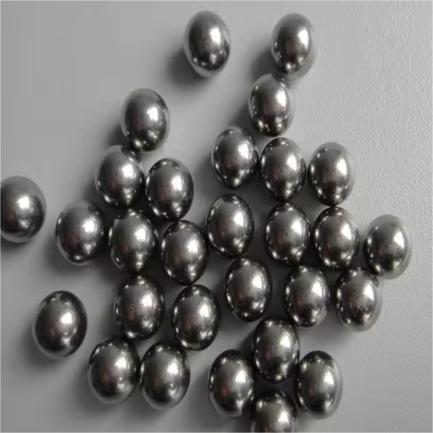**Metal Beauty Contest: Who Wins the Electroplating Crown?**
(How To Tell Which Metal Will Plate Out First)
Imagine dipping a rusty old spoon into a magical liquid and pulling it out shiny and silver. That’s electroplating—a process where metals coat other objects like a second skin. But when multiple metals swim in the same bath, who gets to plate out first? Let’s break down this metallic showdown.
First, metals have a hidden ranking system called *standard reduction potentials*. Think of it like a leaderboard. Metals higher on this list are greedy for electrons. They’re more likely to grab electrons and plate onto surfaces. Metals lower on the list? They’re lazy. They’d rather lose electrons and stay dissolved. For example, silver sits high on the chart. Copper lounges somewhere in the middle. Zinc? It’s near the bottom, happy to dissolve.
But how do you predict the winner? Picture two metals in a solution. The one with the higher reduction potential will likely coat the object first. Let’s say you toss a copper key into a silver nitrate solution. Silver ions in the liquid are electron-hungry. Copper, being lower on the leaderboard, gets bullied into donating electrons. Silver ions snatch those electrons, turn into solid silver, and cling to the key. Copper dissolves into the liquid. Result? A silver-plated key.
Real life isn’t always that simple. Concentration matters. If a low-ranking metal is packed into the solution in huge amounts, it might cheat its way to plating first. Temperature and voltage also tweak the race. Crank up the voltage, and you might force a lazy metal to plate out even if it’s not the top dog.
Let’s test this with a classic example. Drop an iron nail into a solution with both copper and zinc ions. Which metal coats the nail first? Check the leaderboard. Copper’s reduction potential is +0.34 V, zinc’s is -0.76 V. Copper’s higher, so it should plate out first. But if the zinc concentration is sky-high, zinc might muscle in.
Another twist: some metals play dirty. Aluminum, for instance, forms an oxide layer that blocks reactions. Even if aluminum should dissolve, its protective coat might keep it looking untouched. Always consider these quirks.
How do pros handle this? They use charts listing reduction potentials. They adjust concentrations and voltages like chefs tweaking a recipe. Want gold plating? Keep other metals out of the bath or dial down their concentrations. Need a mixed-metal coating? Control the voltage to let metals plate one after another.
This isn’t just lab stuff. Jewelers use it to gild cheap rings. Car makers plate chrome onto bumpers. Hobbyists revive old tools with copper or nickel. Knowing which metal plates first saves time, money, and messy experiments.
(How To Tell Which Metal Will Plate Out First)
So next time you see something shiny—a bracelet, a car part, even a fork—remember: there’s a science to that sparkle. Metals compete, cheat, and hustle to claim their spot. The winner? It’s all about who wants those electrons the most.
Inquiry us
if you want to want to know more, please feel free to contact us. (nanotrun@yahoo.com)


